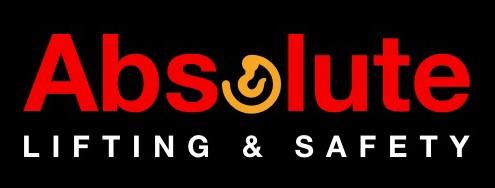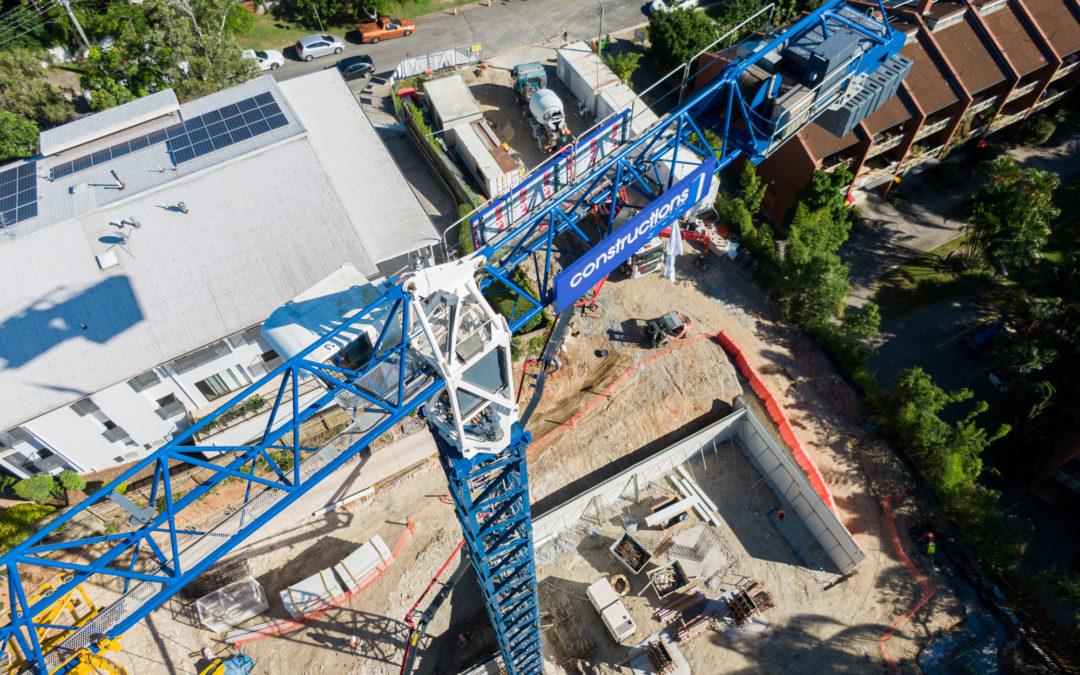Table of Contents
CRANE SAFETY
Crane Safety is paramount when lifting loads. Common risks are outlined below and have the pontential to cause serious injury or death.
- Falling objects due to plant or equipment failure or operator error.
- Operators falling while accessing the crane or performing maintenance.
- Plant rollovers or collapse in the event of a structural failure.
- Failure to inspect wire ropes resulting in ropes snapping and load to fall.
Crane Safety Considerations
Wire Rope
The selection of an appropriate rope for a crane is a complex issue due to rope loading, frequency of use for example operational cycles and rope speed as well as rope sheave dimensions, including diameters and sheave profiles.
The tensile grade of the rope wires with higher tensile strength wires may appear to provide longer life, but this may not always be the case. The individual wires may be less flexible and prematurely fail depending on factors such as the numbers of operational cycles, working loads applied and potential shock loading. A rope of higher strength wires may have a life significantly less than a rope of lesser strength and greater flexibility. Environmental factors such as a tower crane used in a coastal environment or rope lubrication and maintenance needs to be considered for the longevity of the rope. It should be noted that internal damage to steel wire ropes can occur without obvious external indicators and is not always readily detectable by visual examination. While it is acknowledged that the crane operator carries out a basic pre-start examination of the ropes on the crane, additional examination of the rope for internal damage will require the input of people who have greater skill and experience in wire rope inspection.
View our range of Wire Ropes.
View our Video on Wire Rope Swaging
Wire Rope Inspection
An inspection of the rope should be carried out by a third-party competent person with expertise in the inspection of steel wire rope. The competent person may specify non-destructive testing on the rope in addition to a visual examination. The competent person may also prescribe an enhanced inspection program.
Wire Rope Sheave
A rope sheave needs to match the rope profile as much as practicable. If the sheave is too tight or too loose the rope will be damaged. The material that the sheave is constructed from can impact on the wear rates of the sheave. A worn rope sheave will accelerate rope wear and damage.
For more information wire ropes for different cranes view the below links :
High risk work license
The use of the following types of crane and lifting equipment is defined as high risk work and requires users to be appropriately licensed:
- tower crane
- self-erection tower crane
- derrick crane
- portal boom crane
- bridge and gantry crane
- vehicle loading crane
- non-slewing mobile crane
- slewing mobile crane (note, there are different licence types based on lifting capacity)
- materials hoist
- personnel hoist.
View more information about obtaining a high risk work licence for the use of concrete placement booms
Registration of plant designs
Certain types of crane and lifting equipment require registration of their design with Workplace Health and Safety Queensland:
- tower cranes
- self-erecting tower cranes
- hoists with a platform movement exceeding 2.4 metres and designed to lift people
- workboxes designed to be suspended from cranes
- gantry cranes with a safe working load greater than 5 tonnes
- bridge cranes with a safe working load of greater than 10 tonnes
- any bridge or gantry crane that is designed to handle molten metal or a hazardous chemical listed in schedule 11 of the WHS Regulation 2011
- vehicle hoists
- mobile cranes with a rated capacity greater than 10 tonnes.
Exceptions to the requirement to register the plant design include cranes or hoists that are manually powered and tow trucks.
View information about registering plant designs
Registration of plant
Certain types of crane and lifting equipment require registration with Workplace Health and Safety Queensland:
- tower cranes
- self-erecting tower cranes
- mobile cranes with a rated capacity of greater than 10 tonnes.
Note, plant registration requirements are in addition to plant design registration requirements.
View information about registering plant
Legislation
The following Queensland codes of practice provide guidance on managing the risks associated with specific types of cranes:
- Mobile Crane Code of Practice 2006 (PDF, 1.34 MB)
- Tower Crane Code of Practice 2017 (PDF, 1.56 MB)
- Rural Plant Code of Practice 2004 (PDF, 0.63 MB)

